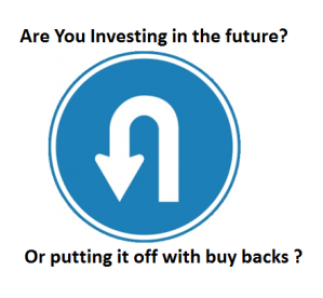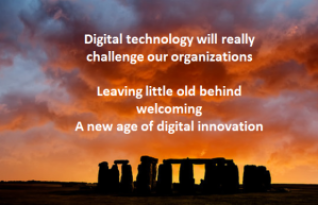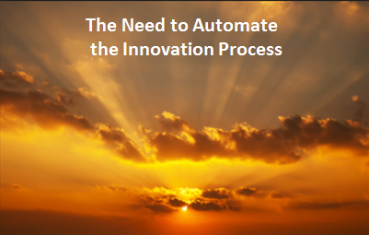 Innovation stands in service to the strategic goals of our organization, or it certainly should!
Innovation stands in service to the strategic goals of our organization, or it certainly should!
The first thing is you need to have a solid, thoughtful conversation around the type of strategic emphasis you wish to achieve from your innovation activity, and how will it support the organization’s strategic direction.
These can be aligned to general strategic needs such as growing market share, differentiation and disrupting adjacent markets, serving the consistent changing and demanding customer needs, or by honing the delivery process, by spotting those and then exploiting them rapidly and effectively. All these become alignment conversations.
Creating clear goals and linking/aligning innovation to those, gives a more agile top-level strategy dialogue as a vital step before you get into the actual innovation concept – delivery stage. Senior executives must establish the manner in which innovation fits within the strategic context established by goals, vision and strategies.
Continue reading “Seeking strategic and innovation alignment conversations”








